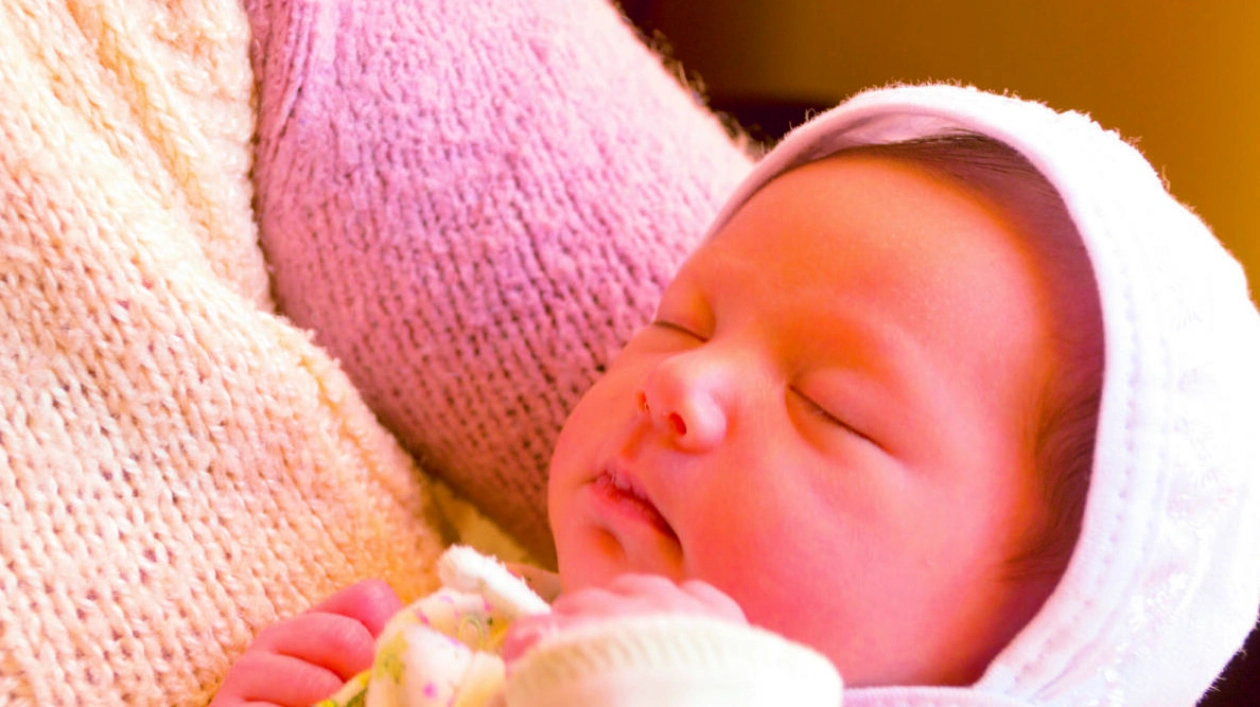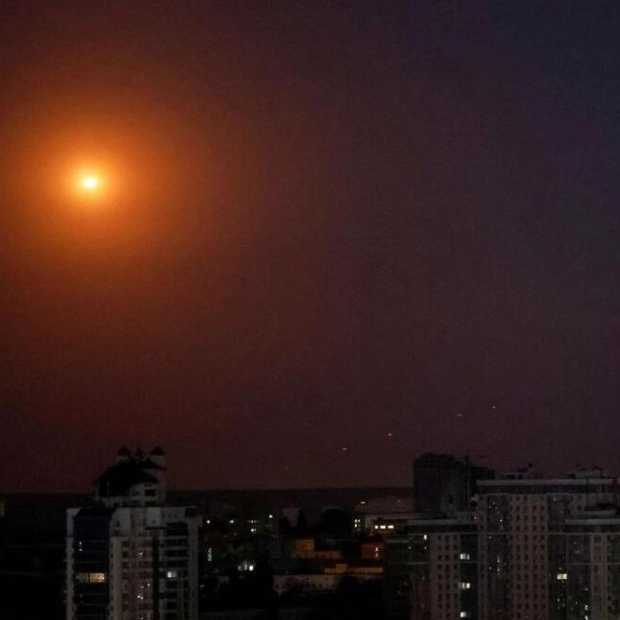File Photo. Image used for illustrative purpose
Approximately 90 to 95 percent of fostering cases in the UAE over the past decade have involved children under two years old. This practice is part of the Foster Care Program launched by the Community Development Authority (CDA) in Dubai. The preference for fostering children under two is rooted in Islamic law. Dr. Abdulaziz Al-Hamadi, director of the Family Cohesion Department at CDA, explained to Khaleej Times: “If a woman breastfeeds a child under two years old – even if not her own – she becomes the baby's foster mother. Consequently, her biological children are considered blood relatives of the baby, and marriage between them is prohibited.” Mothers are encouraged to breastfeed their fostered child, and in the case of a single mother, she can take medications to stimulate milk production.
Adoption, in its legal sense, is forbidden in Islam. However, Islam permits providing needy children with protection and financial support. Parents can offer care and affection to a child without assuming legal obligations, such as inheritance, which is distinct from fostering. The primary difference between fostering and adoption is that fostering is usually temporary (lasting from a few days to several years), while adoption is generally permanent. The Quran specifically reminds adoptive parents that they are not the child's biological parents and outlines specific rules about the legal relationship between a child and their adoptive family.
CDA’s ‘Foster A Child’ program aims to provide children lacking social care – those of unknown parentage – with suitable care and a sense of family. Launched in 2013, the program allows families to foster a child and raise them in a healthy social environment. Here are the guidelines for fostering children in the UAE:
Naming: In Islamic law, fostered children cannot bear the name of the fostering parents. The authority assigns a random four-part name to the child, ensuring it is common in Emirati society. Parents can choose the first name if the child is newly born and fostered, as most fostered children are under two years old.
Eligibility: The Foster A Child service targets Muslim Emirati families willing to foster a child, provided they meet certain conditions: at least one applicant must be Emirati, the family must reside in the UAE, neither spouse should be under 25 years old, and a single woman between 30 and 50 years old can also apply. The family must be free of infectious diseases, psychological issues, and mental disorders, have no criminal record, and maintain an average to excellent financial situation.
Foster Care Process: The process begins with families applying for the service. They are placed on a waiting list and provided with training and rehabilitation programs. These programs prepare families psychologically and equip them to raise a child, including psychological, educational, and legal awareness. The registration process typically takes about 15 days. If a child is available, they can be placed with the foster family within two days.
Disclosure Policy: Al-Hamadi emphasized the importance of a structured disclosure policy for foster children. He explained: “The law organizes the disclosure policy to inform the foster child about their social reality. The foster family must complete training programs, and disclosure should happen at nearly four years old, gradually preparing the child for this information.” Disclosure occurs under the supervision of the ministry and local authorities, with no external parties involved.
Family Village: In line with these efforts, the UAE has established a ‘Family Village’ designed to cultivate a familial atmosphere for foster children. This initiative allows them to experience a sense of belonging through a structured system of alternative families.
Procedures to Follow When Finding an Unidentified Child: The UAE urges individuals to promptly report to the nearest police station if they find an unidentified child. When making this report, they should bring the child's clothing and any other items found with or near the child. It's important to provide the time, date, and location where the child was discovered. If the child appears to be in a condition that poses a risk to their life and safety, the person who found them must inform the police immediately and ask what actions to take. Security and judicial authorities will then conduct investigations to determine the child's identity. If they are unable to identify the child, an official document will be issued stating that the child is unidentified, which will permit the child to enter the foster care program.
Source link: https://www.khaleejtimes.com






